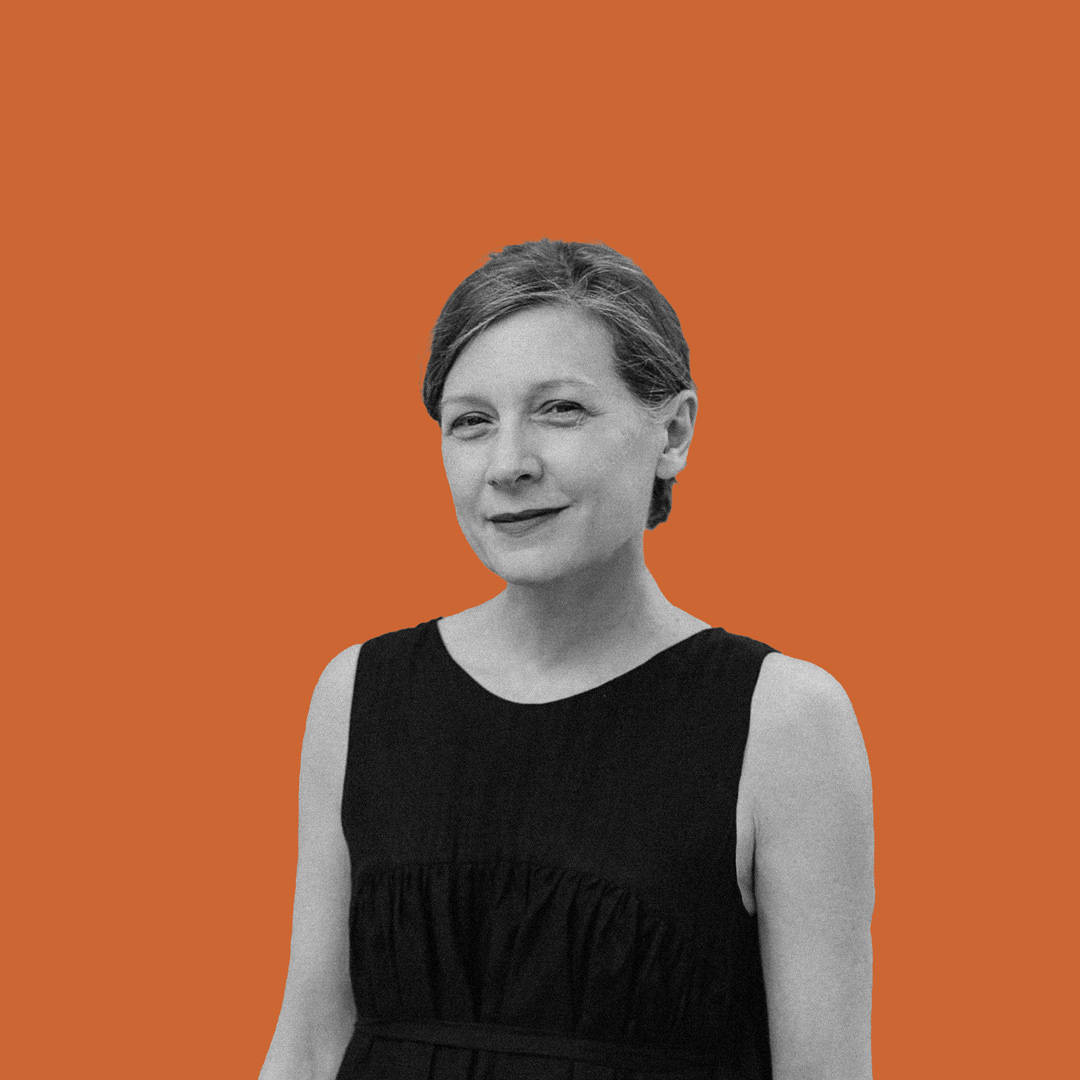Keller Easterling
Designer, writer and professor at Yale
The port is a place connected to the interests of other countries with which it trades. And so it's there and not there. The port attracts labor that may require new infrastructures in the center or periphery. Port logistics have also formatted all kinds of manufacturing and agricultural landscapes.
Keller Easterling
Designer, writer and professor at Yale
There is a kind of tyranny in global trade—demands for regimented, universally applied logistics and behaviors that can be oppressive.
Keller Easterling
Designer, writer and professor at Yale
Cities, especially cities in developing countries, might make a better bargain with their [port] assets. […] In exchange for access to labor or some other asset, might require an offset investment in something else the city needs, like transit, housing, or a special industry. That give and take might be productive for many cities.
Keller Easterling
Designer, writer and professor at Yale
There is a chance to make everybody much more aware of the real cost of these global trading networks. What are they costing your treasury, or what are they costing in terms of jobs.
Keller Easterling
Designer, writer and professor at Yale
Bio
Keller Easterling is an designer, writer and professor at Yale. Her books include, Medium Design (Verso 2021), Extrastatecraft: The Power of Infrastructure Space (Verso, 2014), Subtraction (Sternberg, 2014), Enduring Innocence: Global Architecture and its Political Masquerades (MIT, 2005) and Organization Space: Landscapes, Highways and Houses in America (MIT, 1999). Easterling is also the co-author (with Richard Prelinger) of Call it Home a laserdisc/DVD history of US suburbia from 1934-1960.Easterling lectures and exhibits internationally. Her research and writing was included in the 2014 and 2018 Venice Biennales. Easterling is a 2019 United States Artist in Architecture and Design.
